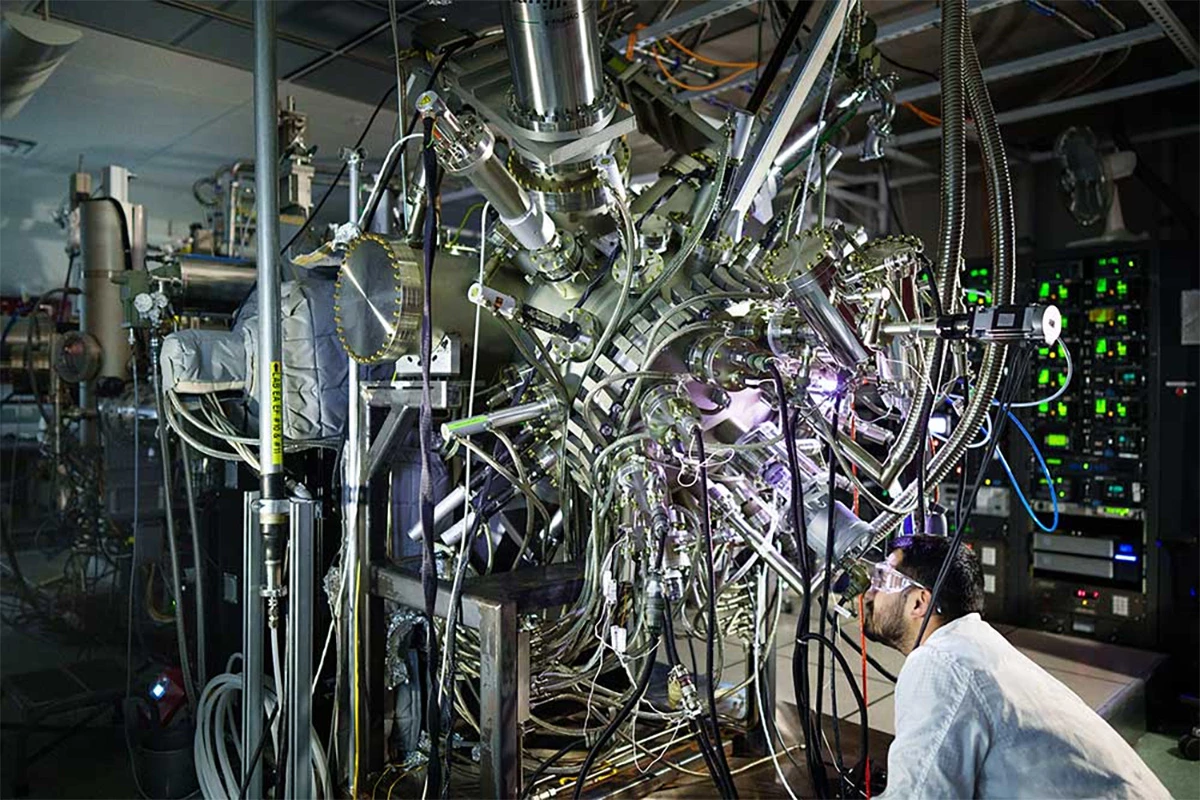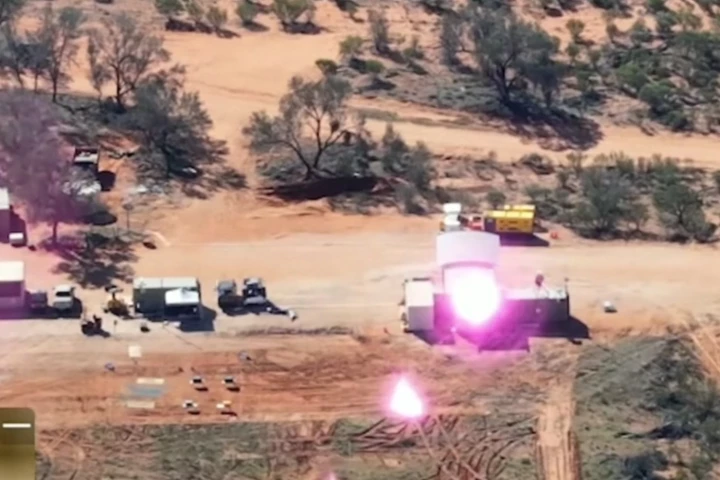Lasers are great for heating things up, whether you need to do it quickly, hit a precise target, or do it from a distance. Under specific conditions, lasers can also cool things down, and that might be JUST what we need to tackle way-too-toasty data centers.
Sandia Labs, a federally funded US energy and defense tech research outfit, is teaming up with Minneapolis-based startup Maxwell Labs to develop a way to zap hotspots on the chips powering data centers and keep them cool.
We've previously seen laser cooling methods being used to chill antimatter, aid in biological research, and to study quantum phenomena. Together with researchers at the University of New Mexico, this team is working on a completely new technology called laser-based photonic cooling.
The goal is to reduce the massive demand for energy needed to cool data centers. About 30%-40% of the energy these facilities draw goes towards cooling servers and high-performance computers. That makes them expensive to operate, while also stretching local resources thin.
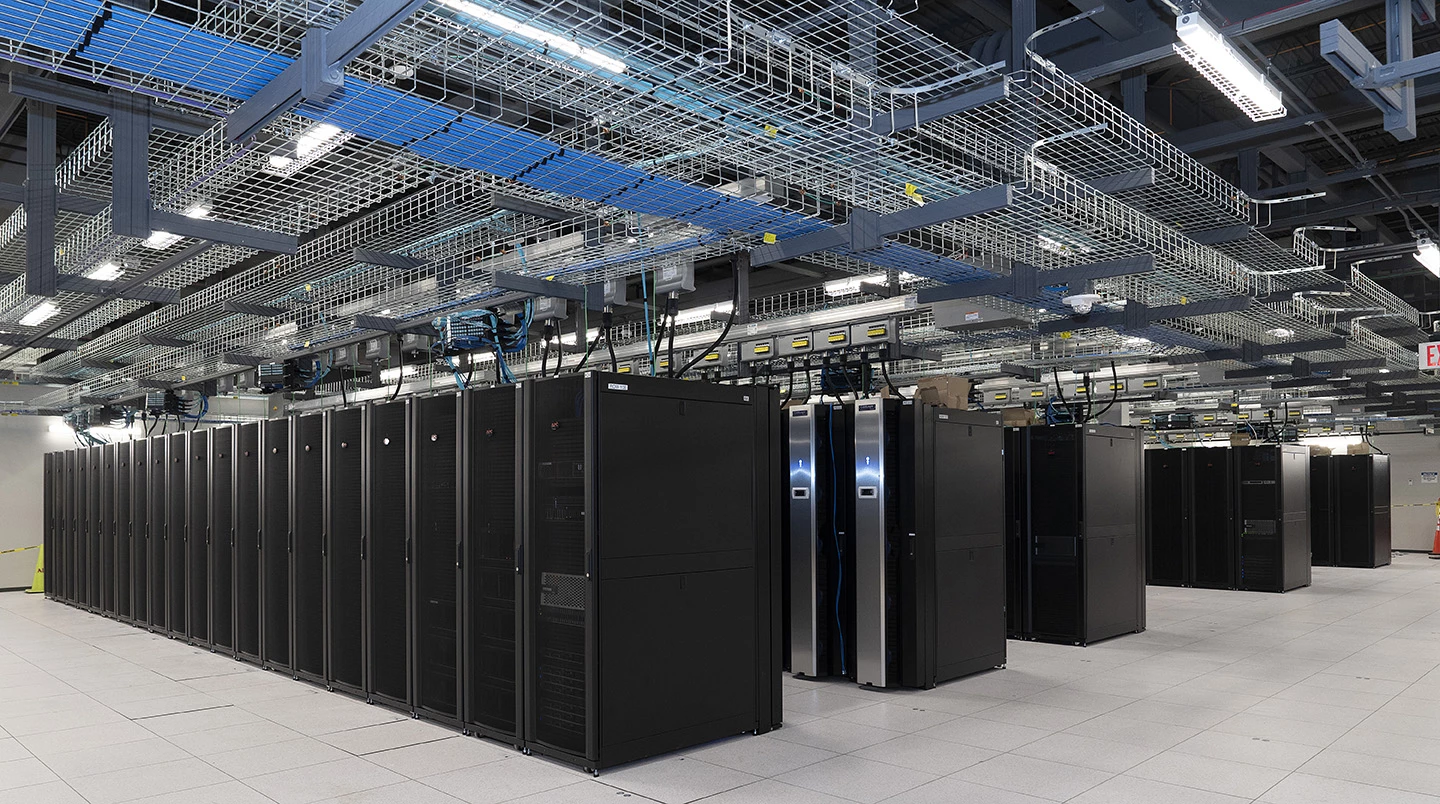
In addition to making data centers more energy efficient, a better cooling system can also make the chips inside more performant by preventing thermal throttling, or slowing down processes under high heat conditions.
So how does this work? Lasers tuned to a specific frequency and targeted at a small area on the surface of a certain element can cool it instead of heating it. And when we say small, we mean like an area in the order of hundreds of microns.
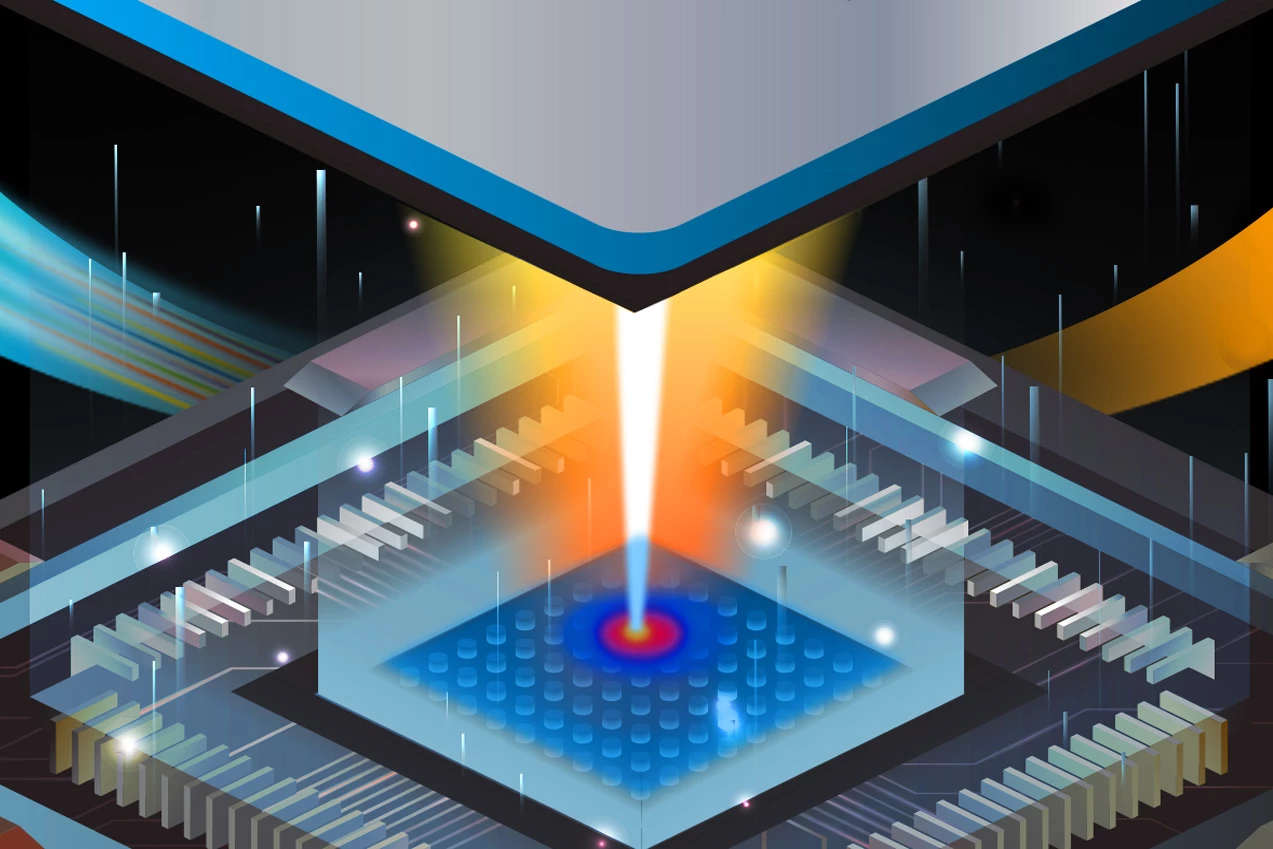
Data center chips are typically cooled using cold water that flows through microscopic channels in copper plates mounted on top of the processors. The scientists are taking a totally different approach. They intend to create a photonic cold plate with tiny features, about a thousand times smaller than the width of a human hair, to channel cooling lasers to target hotspots.
That photonic cold plate will largely be made up of a semiconductor material called gallium arsenide. It will need to be less than a millimeter thick and as free from impurities as possible. Maxwell Labs believes this tech could cool chips more efficiently than the aforementioned water-based systems. Once the method is perfected, it could either replace or complement those cooling systems.
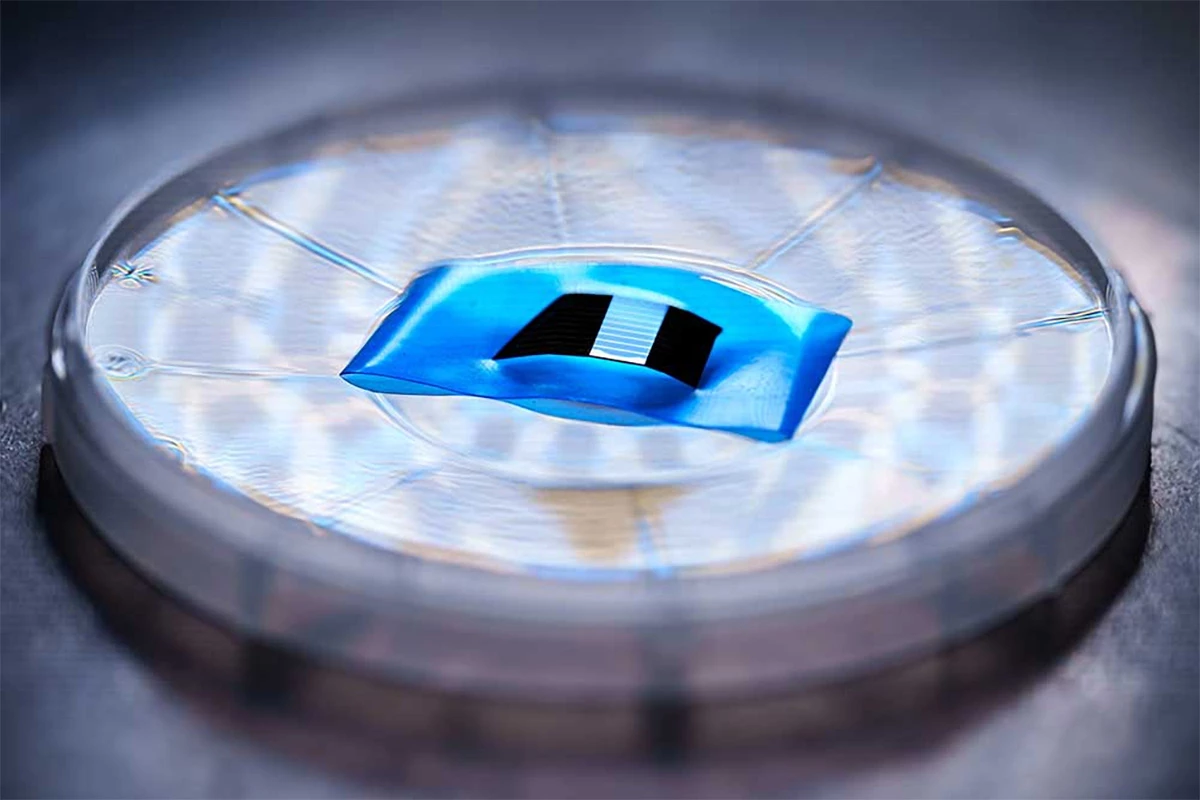
Efficiently cooled chips could not only mean less power-hungry data centers, but more powerful computing systems as well. “The unique capability of light to target and control localized heating spatially and at optical timescales for these devices unlocks thermal design constraints that are so fundamental to chip design that it is hard to speculate what chip architects will do with it – but I trust that it will fundamentally change the types of problems we can solve with computers,” Maxwell Labs CEO Jacob Balma explained.
Source: Sandia National Laboratories
